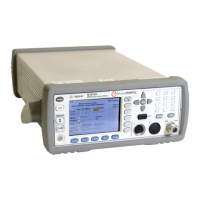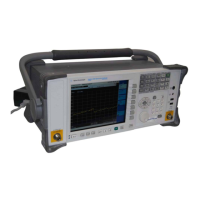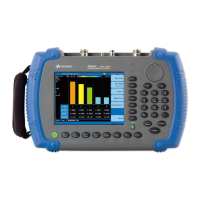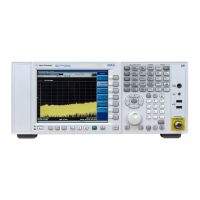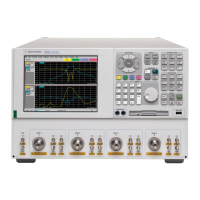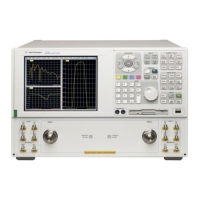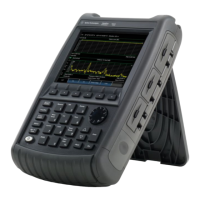Specifications and Characteristics 10
Agilent N1913/1914A EPM Series Power Meters User’s Guide 223
Power Meter Supplemental Characteristics
Zero Drift of Sensors
This parameter is also called long term stability and is the change in the
power meter indication over a long time (within one hour) at a constant
temperature after a 24- hour warm- up of the power meter.
Power sensor dependent (refer to Table 10- 4).
Measurement Noise
Power sensor dependent (refer to Table 10- 3 and Table 10- 4).
Averaging effects on measurement noise. Averaging over 1 to 1024
readings is available for reducing noise. Table 10- 4 provides the
measurement noise for a particular power sensor with the number of
averages set to 16 for normal mode and 32 for x2 mode. Use the “Noise
Multiplier” for the appropriate mode (normal or x2) and number of
averages to determine the total measurement noise value.
For example, for an Agilent 8481D power sensor in normal mode with the
number of averages set to 4, the measurement noise is equal to:
(<45 pW x 2.75) = <124 pW
Table 1 0 -3 Noise Multiplier
Number of Averages12481632641282565121024
Noise Multiplier
(Normal Mode)
5.5 3.89 2.75 1.94 1.0 0.85 0.61 0.49 0.34 0.24 0.17
Noise Multiplier
(X2 Mode)
6.5 4.6 3.25 2.3 1.63 1.0 0.72 0.57 0.41 0.29 0.2

